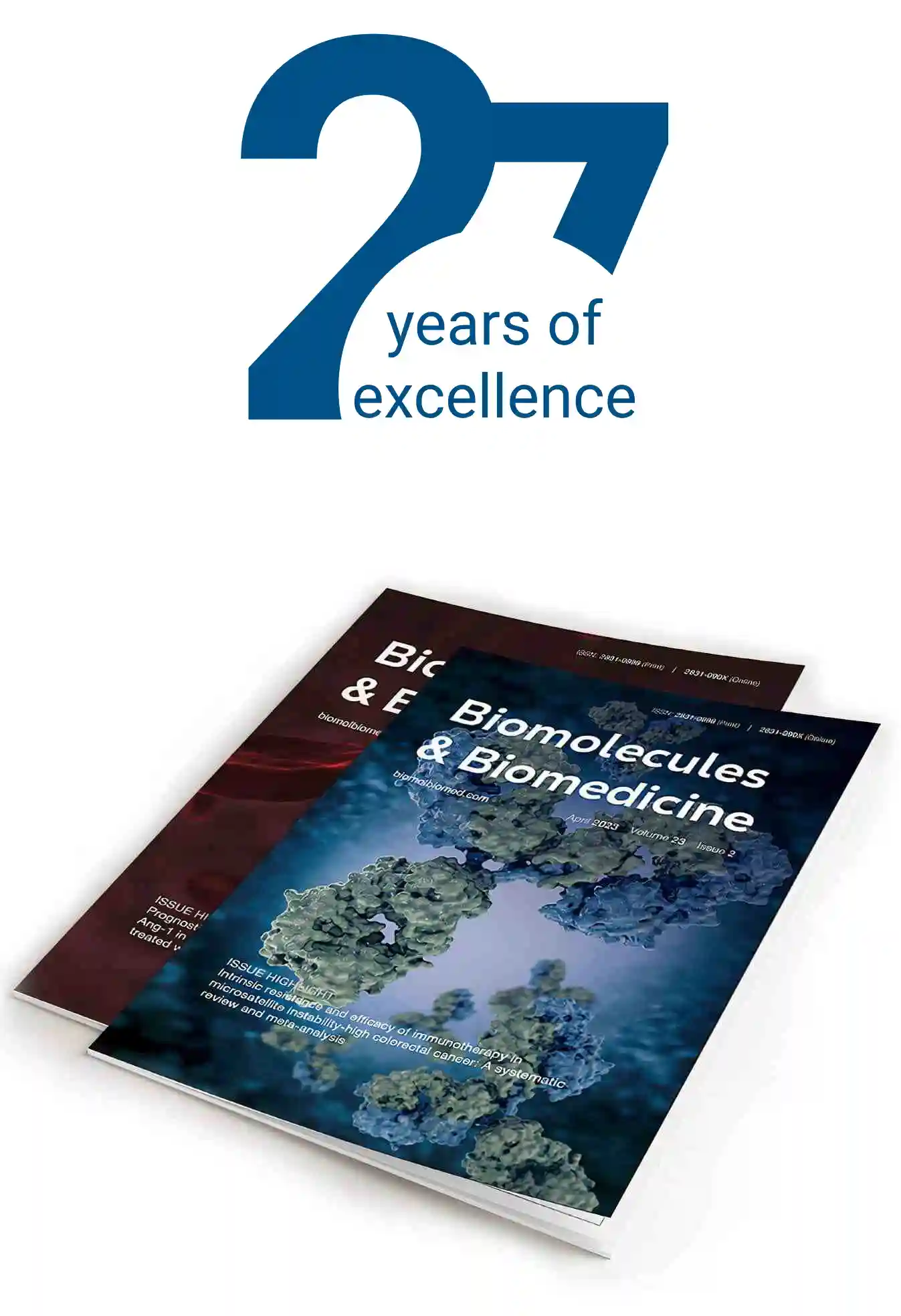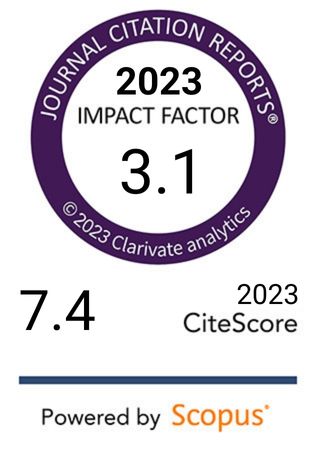Drug-coated balloon treatment for tasc c/d infrapopliteal disease: Two-year matched cohort outcomes
DOI:
https://doi.org/10.17305/bb.2025.12157Keywords:
infrapopliteal arterial disease, drug coated balloon, primary patency, target lesion revascularizationAbstract
As the most common form of peripheral arterial disease, lower extremity arterial disease—caused by atherosclerotic stenosis or occlusion—has led to widespread concern due to the high risk of postoperative restenosis. This study aimed to evaluate the effectiveness of drug-coated balloon (DCB) angioplasty in treating severe infrapopliteal artery (IPA) lesions. Plain old balloon (POB) angioplasty served as the control. Patients who underwent procedures at our center for Trans-Atlantic Inter-Society Consensus (TASC) C/D IPA lesions between June 2020 and June 2022 and met the inclusion criteria were enrolled in this retrospective cohort study, which used the propensity score matching (PSM) method. The primary outcomes were the 2-year cumulative rates and survival trends of primary patency (PP) and target lesion revascularization (TLR), based on the treated lesions. Secondary outcomes included limb-based major amputation (MA) and patient-based all-cause death (ACD). A total of 278 target lesions were initially included, with significant differences (p < 0.05) observed in some non-outcome variables. After PSM, analyses were conducted on 240 target lesions, 221 limbs, and 195 patients. The PSM models satisfied both the common support and parallel trend assumptions. In terms of PP, the 2-year cumulative rate in the DCB group was significantly higher than in the POB group (48.0% vs. 22.9%, p < 0.001). The log-rank test yielded a p-value of < 0.001, and the adjusted hazard ratio (HR) from Cox regression analysis was 2.303 [95% confidence interval (CI): 1.518–3.495]. However, there was no statistically significant difference in TLR between the two groups: the 2-year cumulative rates were 25.0% vs. 27.1% (p = 0.767), the log-rank test p-value was 0.563, and the adjusted HR was 0.956 (95% CI: 0.523–1.747). Similarly, no significant differences were found between groups in MA or ACD (p > 0.05). Based on these findings, the study concludes that for severe IPA lesions such as TASC C/D, DCB angioplasty is superior to POB angioplasty in maintaining primary patency over a 2-year period, without any inferiority in other clinical outcomes.
Citations
Downloads

Downloads
Additional Files
Published
Issue
Section
Categories
License
Copyright (c) 2025 Yu Yan, Haixia Tu, Mingxuan Li

This work is licensed under a Creative Commons Attribution 4.0 International License.









